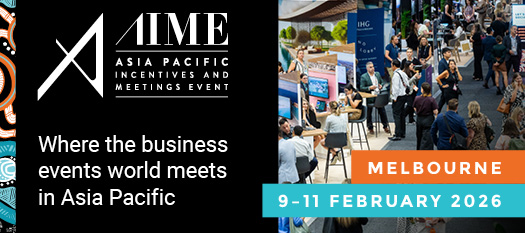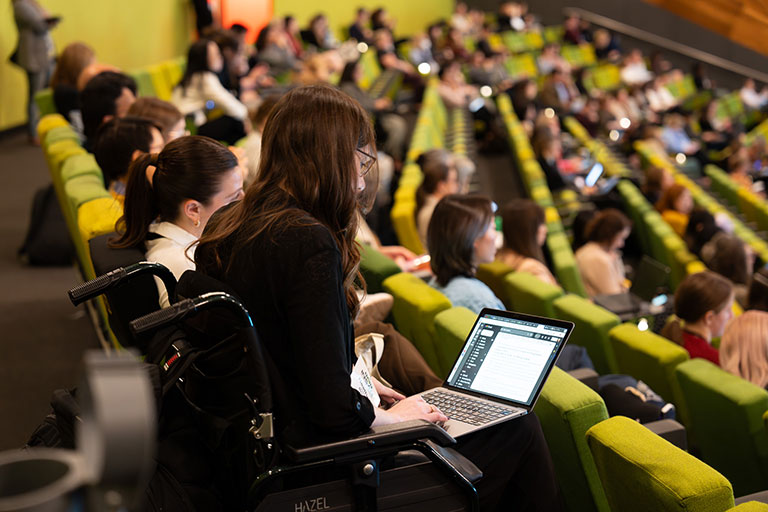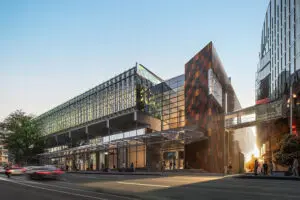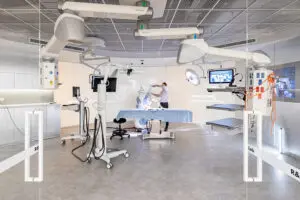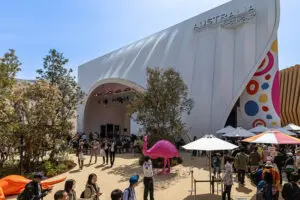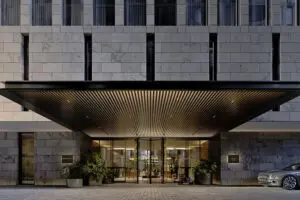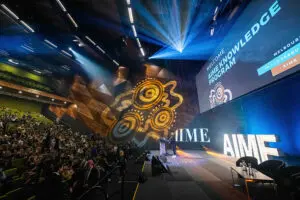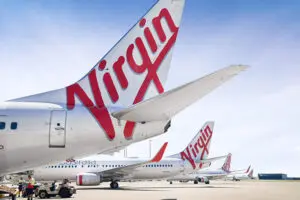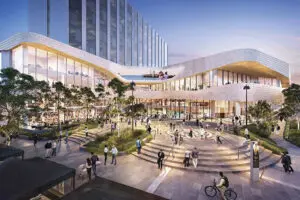The plan from the Melbourne Convention and Exhibition Trust (MCET) is based on a social model view, which attributes barriers faced by people with disabilities to social systems and structures rather than the individual.
As a result, the action plan for the two convention centres aims to remove both physical and intangible barriers for people with different access needs.
The plan focuses on four areas – improving employment opportunities for people with disabilities, improving access to facilities as well as goods and services at the two venues, working with event organisers to deliver inclusion to all attendees and working to modify attitudes, behaviours and practices which discriminate against people with disabilities.
Diving more deeply into the four goals of the plan, actions include making it easier for people with disabilities to apply for jobs at either venue, communicating accessibility features and services available at each of the centres, making communications in general simple and encouraging more people with disabilities to take part in events.
In terms of what has already been achieved, MCEC’s website, launched last year, conforms to the WCAG 2.0 Level AA Accessibility Guidelines and the venue’s Positive Impact Guide, also launched last year, provides accessibility information for event organisers, including accessible accommodation and services that delegates with a disability can use when attending events at the centre. For Nyaal Banyul, the venue has been designed based on Universal Design principles.
“As leaders in the events industry, it’s our duty to set the standard for accessibility and inclusion,” said MCEC’s chief executive, Natalie O’Brien AM.
“We’re proud to release our latest Accessibility Action Plan, affirming our commitments to providing welcoming spaces for everyone that visits our venues.”



